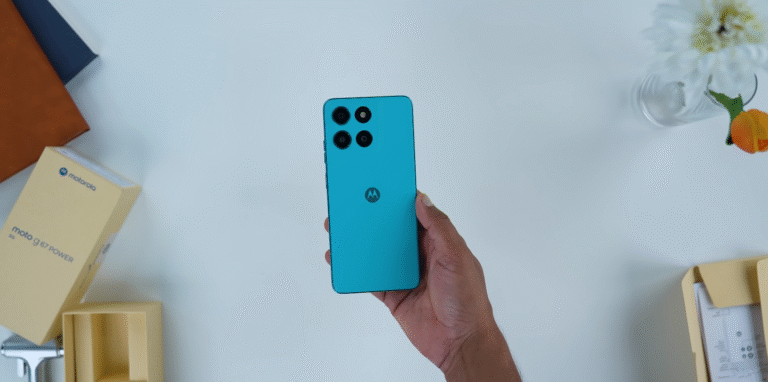OnePlus 15 vs iPhone 15 Pro — speed test and day-to-day usage

Performance and Practical Use Breakdown
When comparing the OnePlus 15 and the Apple iPhone 15 Pro, two flagship phones with different philosophies, it is important to look at both raw speed and how each performs in everyday scenarios for UK-based users.
On the speed front, the OnePlus 15 uses the Snapdragon 8 Elite Gen 5 chip and pairs it with a 165Hz display (in certain modes) and massive battery capacity (7,300 mAh) in global models. Reviewers highlight its top-tier specs and high frame rates in demanding tasks. Meanwhile the iPhone 15 Pro runs Apple’s A17 Pro chipset, which also delivers class-leading performance. The iPhone typically excels in app launch times and system responsiveness thanks to tight hardware-software integration.
In everyday use, the OnePlus 15’s high refresh rate display makes animations, scrolling and transitions feel extremely fluid. In UK daylight and multi-tasking situations this gives a perceptible smoothness advantage when browsing, switching apps or gaming. The iPhone 15 Pro, while capped at 120Hz, benefits from excellent optimisation, making even “normal” refresh rates feel very slick. Some users may find it indistinguishable from ultra-high refresh in real-world use.

Battery endurance is another key differentiator. The OnePlus 15’s large battery and fast-charging capabilities mean heavy users in the UK (streaming video, navigation, gaming) may see better “all-day plus” usage without reaching for the charger mid-afternoon. The iPhone 15 Pro battery life is very competitive but its smaller size (and focus on efficiency) means it may require a top-up in longer sessions. For someone commuting, working remotely or travelling, the OnePlus might offer more buffer.
On the ecosystem and everyday practicalities front, the iPhone 15 Pro shines with years of software support, robust resale value in the UK market, and seamless integration with other Apple devices. This means for someone invested in iOS or planning long-term ownership, the iPhone has appeal. The OnePlus is strong on specs and value, but Android device support and accessory ecosystem may not match Apple’s premium experience in all cases.
For typical UK day-to-day use, if you prioritise things like ultra-smooth UI, high refresh, longer battery and raw spec-value, the OnePlus 15 will feel very compelling. If you instead prioritise polished build, ecosystem lock-in, long-term software updates and best resale value, the iPhone 15 Pro is a safer bet.
In terms of “speed tests” (benchmarking apps, launch times, gaming load) you may see marginal differences: the iPhone likely wins in consistency and system-wide smoothness; the OnePlus wins in head-to-head spec-to-spec numbers and display responsiveness. But whether you’ll feel the difference in your daily routine depends on how you use your phone.
So the decision comes down to what “day-to-day” means for you in the UK context: longer charging intervals, high refresh display and Android flexibility (OnePlus) versus premium build, ecosystem strength, strong support and perhaps tighter integration with other tech you own (iPhone). If you tell me your budget, preferred size and whether you favour Android or iOS, I can recommend which one I’d pick for you, or even suggest a third “sweet-spot” alternative.





